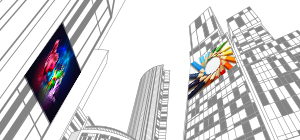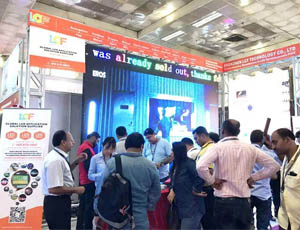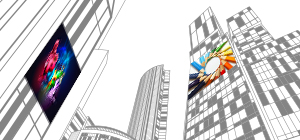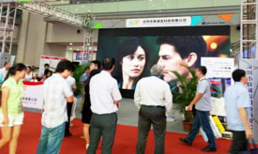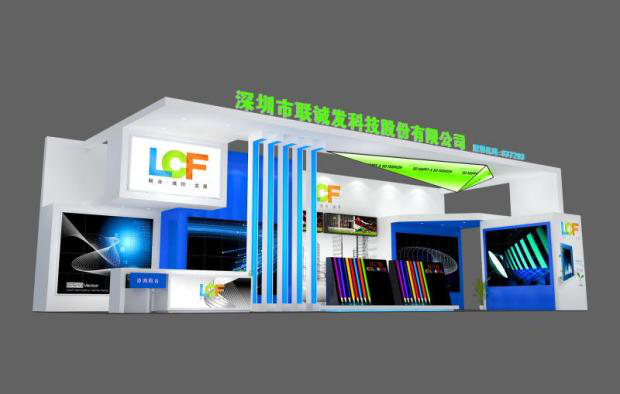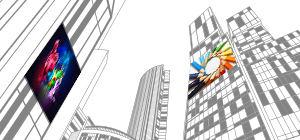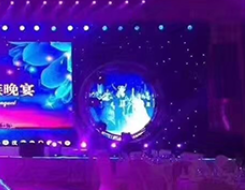Publisher: Supplier of LED Display Time: 2019-11-04 17:29 Views: 4642
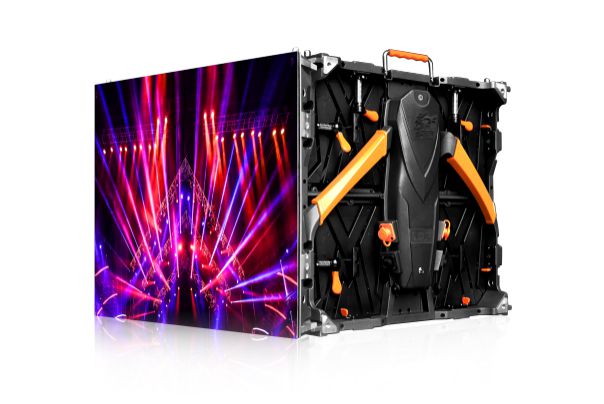
Liancheng Fa Longyixi-T series
1. The industry concentration of LED display companies is continuously increasing: At present, the LED display industry is facing many problems: First, the reduction of dividends from the state and the government, as well as possible differences in import and export tariffs, will change many LED displays. Screen manufacturers' procurement plans and factory relocation decisions, the industry's wait-and-see atmosphere and market uncertainty will inhibit market demand; secondly, although the MiniLED/MicroLED process is in full swing and has become a new market growth point, the traditional display market continues to decline, and the development of Affected by setbacks, problems such as structural overcapacity and increasingly saturated markets have become increasingly prominent. In this situation of "the strong eat the weak", we increasingly feel that the brand concentration of LED display companies is increasing. With the fierce competition in the LED display industry, the integration of the upstream and downstream industry chains of the entire industry has accelerated, and the market concentration has gradually increased. While the overall growth of the industry has been maintained, mergers and acquisitions in the industry have accelerated, which has evolved into large enterprises and large-scale competition.
The LED display industry is undergoing various degrees of transformation and transformation and the integration of the global industrial chain. The mergers and acquisitions drama in the LED display industry continues to be staged. Reduce production costs; it can also strengthen the efforts to open up the market, and the leading LED display companies have strong technology and strong capital reserves to invest heavily in technology research and development and production equipment, strengthen enterprise production capacity, integrate many excellent supplier resources, and create better quality products. In the industry chain, in this process, some of the sales share of SMEs will inevitably be eroded, accelerating the reshuffle and integration of the LED display industry, but this does not mean that the life and death of SMEs, but is forcing the current LED display industry. Display enterprises pay more attention to the optimization of enterprise production and carry out effective resource integration.
2. Looking for breakthroughs in technological innovation, channels, and building an ecosystem: Under the background of new policies, new situations, new opportunities and new challenges, efforts to actively seek high-margin market segments and "blue ocean" markets will become the main focus of many companies. direction. Brands in sub-sectors such as transparent screens, rental screens, and commercial displays are also constantly concentrating. Some strong screen companies continue to stand out. With their strong technical advantages, they still maintain a stable market share even in the case of falling market conditions. These companies have been focusing on a certain segment of the market, and they have become the representatives and leaders of the industry segment, relying on the focus strategy of concentrating strength and attacking one point to form a breakthrough, while some companies are also committed to deepening the channel market, Continuously expand the scope of services around the channel market.
In addition, it is increasingly important to build your own enterprise ecosystem. The biggest challenge in this process is how to balance and maintain the relationships and interests of all aspects of the industry chain such as suppliers, partners, and customers, and at the same time obtain superior resources from outside to integrate. To achieve this, building an open and cooperative platform and creating a win-win ecosystem can be described as a major path. Screen enterprises gain profits and achieve development. It is no longer the previous development alone, but the communication of information, efficient coordination, and group development, so as to achieve competitive costs, innovative technologies, continuous and stable quality, and fast and thoughtful service. , build comprehensive competitiveness, and ultimately create greater value for customers and win a broader market.
Market competition and industry reshuffle are the inevitable stages of industrial development, and the LED display industry is of course no exception. The integration of upstream and downstream industrial chains in the industry is accelerating, and the market concentration is gradually increasing. The resulting brand concentration continues to increase, The continuous wave of mergers and acquisitions is an important manifestation of the continuous development of the industry. Therefore, LED display companies should not only rely on good market segmentation and innovative product technology to enhance product value, but also expand to the upstream and downstream of the industry chain to realize the whole industry. Chain layout, and increase the integration of resources, improve service levels, and comprehensively improve the technical content of products.

